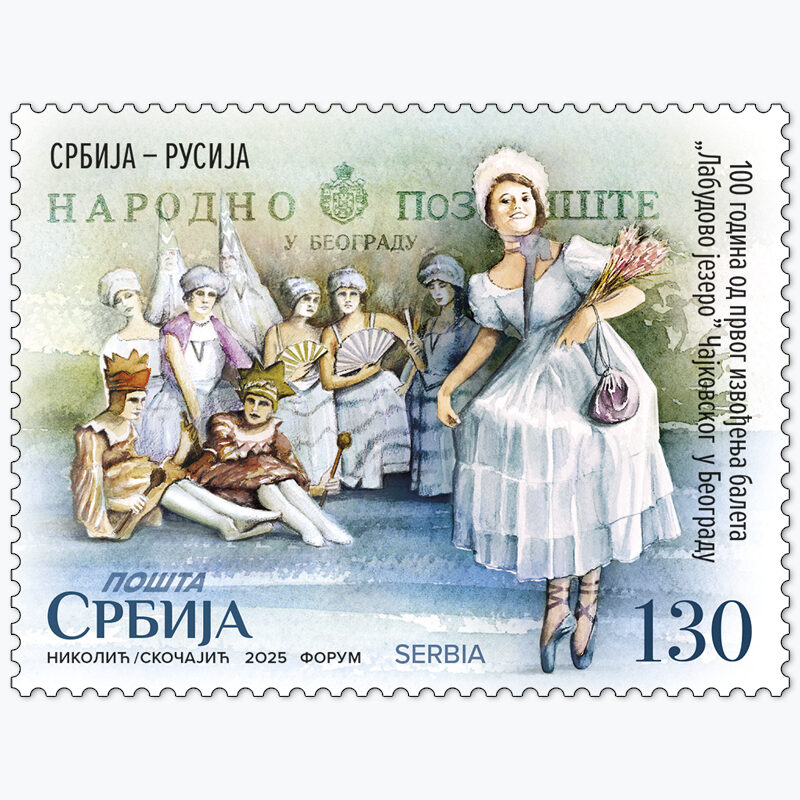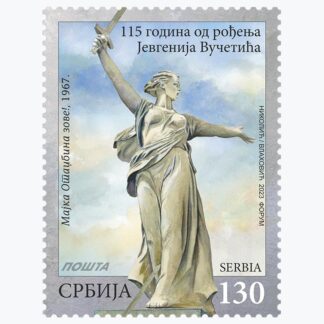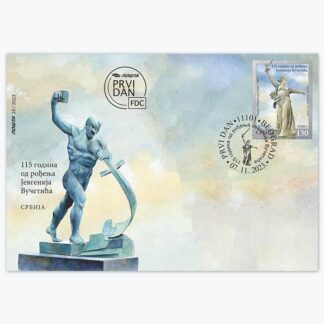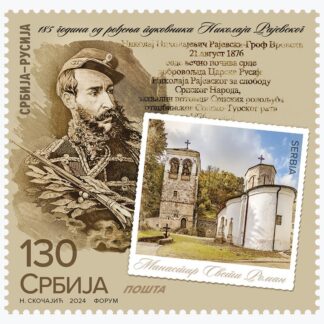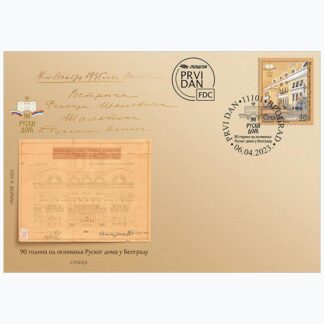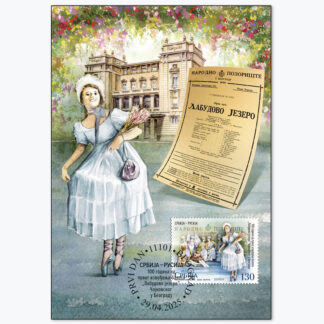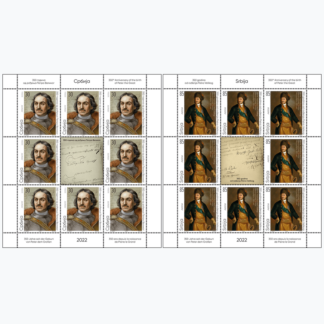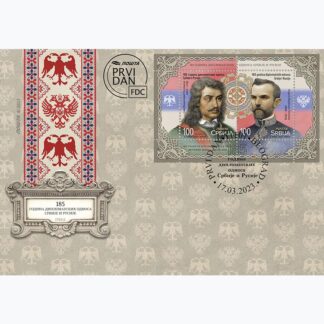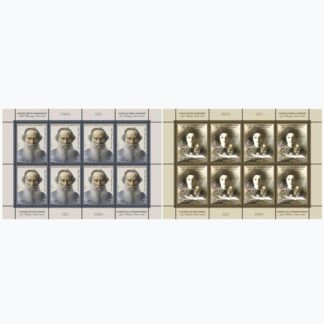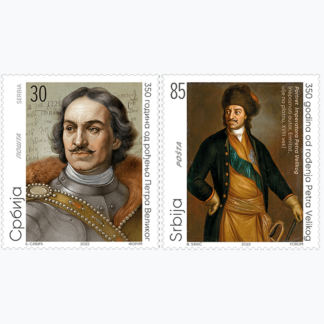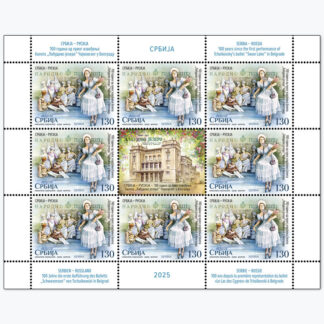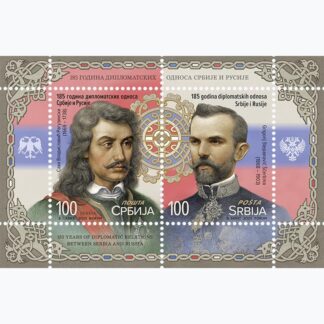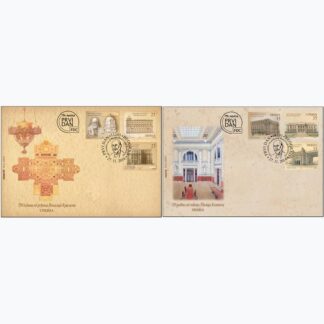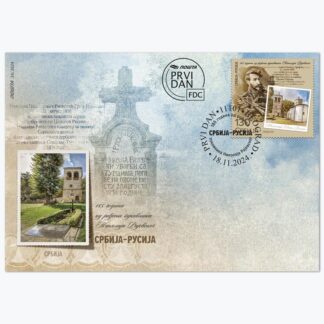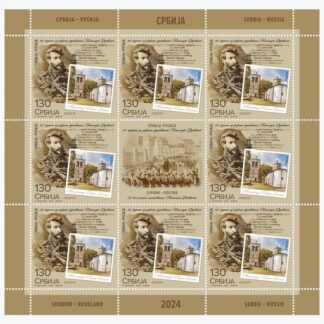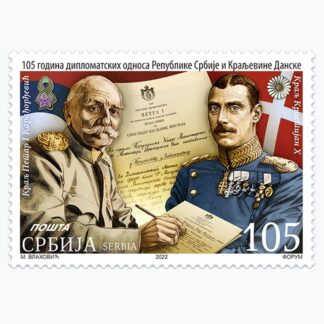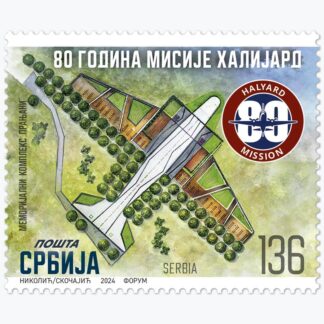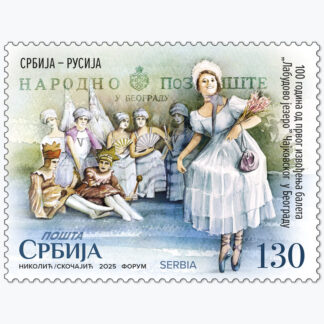Description
After World War I, Belgrade became the cultural centre of the newly formed Kingdom of Serbs, Croats, and Slovenes, and ballet, although a novelty for the Belgrade and Serbian audience, gradually became an important part of cultural life. The first professional ballet troupe in our country was established in 1920 at the National Theatre in Belgrade. Russian ballet artists who, in the first decade of their stay in Belgrade, formed the backbone of the National Theatre ballet significantly influenced the development of ballet. By bringing elements of the Russian ballet school, they gave local ballet artists the opportunity to learn from the most famous masters of the time. Ballet first began with dances in the opera, and already in 1923, Miloje Milojević's domestic ballet, the grotesque The Valet’s Broom, was performed at the ball in Kasina.
At the time of the first performance of the ballet Swan Lake by Pyotr Ilyich Tchaikovsky in Belgrade, the ballet ensemble of the National Theatre had two prima ballerinas, two principal male dancers, twenty-four female and seven male dancers. It was staged by Alexander Fortunato, as choreographer and director, composer Stevan Hristić conducted the orchestra, Vladimir Zedrinski was the set and costume painter, and it premiered on June 29, 1925. The role of Odette was entrusted to the Russian ballerina Elena Poliakova; Nina Kirsanova played the role of Odile; the role of the Prince was played by Alexander Fortunato, while the ballerina Nataša Bošković played the Court Lady. The ballet received favourable reviews in the press, which, reporting on the premiere, assessed it as a success, writing highly about the dancers and the ensemble. Nataša Bošković's performance was met with undivided praise from the professional public, who wrote of her performance that it was "filled with lightness, cheerfulness, and ecstatic enthusiasm."
With its first performance in Belgrade in 1925, the ballet Swan Lake practically marked the beginning of a more intense interest in classical ballet in Belgrade and the Balkans. With numerous subsequent performances on the stage of the National Theatre, up to the present day, with the participation of artists from the National Theatre, but also guests from other countries, this ballet has become one of the symbols of ballet art.
Professional cooperation: Slobodan Mandić, Archival Advisor, Historical Archives of Belgrade.
Artistic realization: Miroslav Nikolić and Nadežda Skočajić, Academic Graphic Artist.
